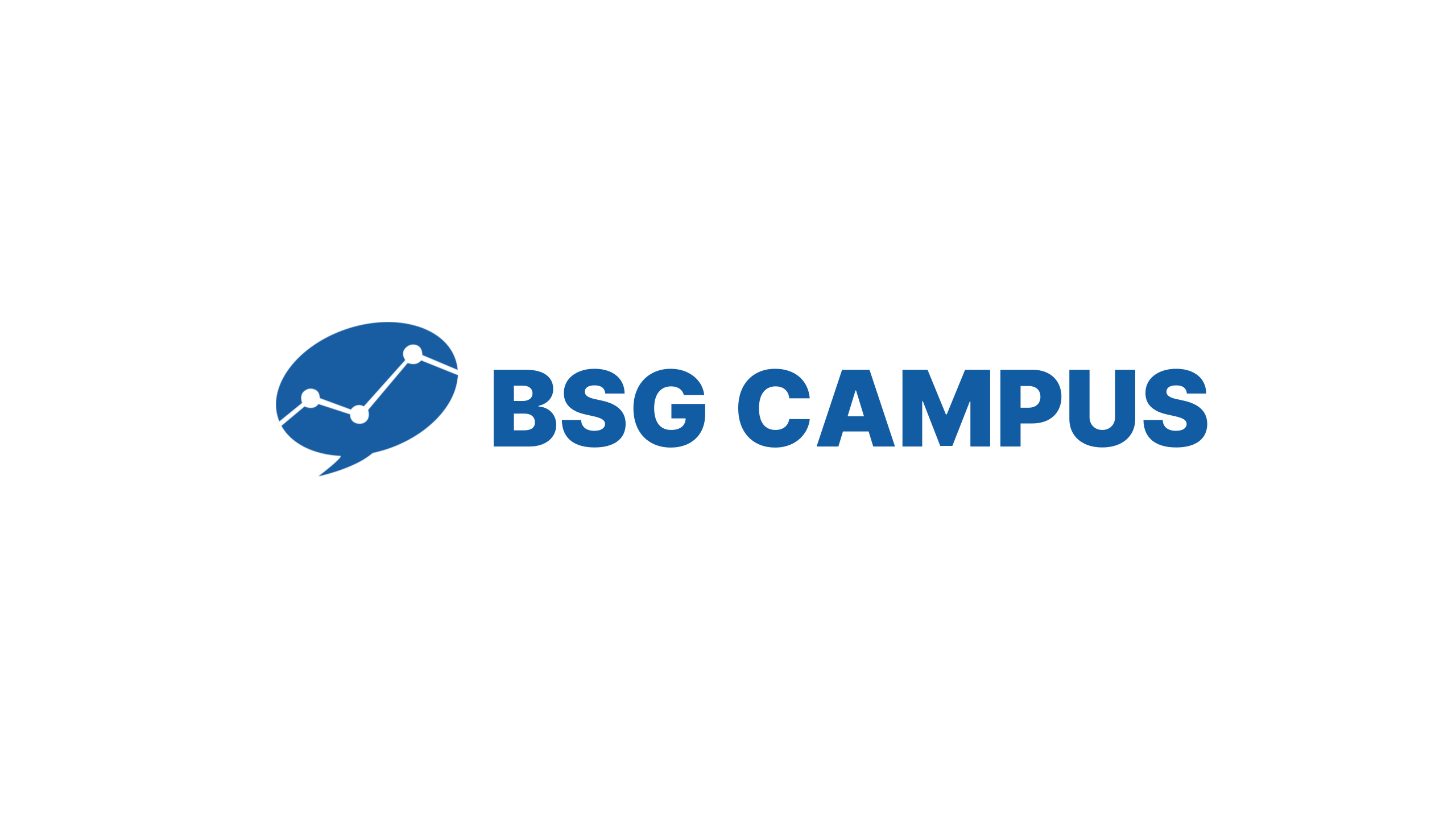1. How is the business simulation training conducted?
B2LSoft’s business simulation training is conducted as follows:
Training Process
- The business simulation training consists of three main stages: Orientation, Business Management, and Comprehensive Evaluation.
- The Orientation lasts approximately 1 hour, the Business Management phase consists of 4 rounds over 6 hours, and the Comprehensive Evaluation takes 1 hour.
Team Structure
- Participants form teams and take on five key roles: CEO, CMO, COO, CHO, and CFO.
Number of Competing Teams
- The training is conducted with a minimum of 3 teams and up to 6 teams, following an oligopoly market scenario.
Web-Based Training
- Participants use laptops to access the business simulation website (CEO Course: www.biz-ceo.co.kr).
- The training involves strategy formulation, business planning, management analysis, business missions, decision-making, performance evaluation, and feedback.
Decision-Making Cycle & Rounds
- Decisions are made on a quarterly basis, and at least four quarters are simulated to compare and analyze one year of business performance.
2. What types of decisions are made in the business simulation training?
The decision-making process and business missions in B2L Soft’s business simulation training vary depending on the solution.
Based on the Biz-CEO course, the key decision-making areas are as follows:
Business Decision-Making
- Participants make over 40 different decisions based on their assigned roles, and real-time business performance feedback is provided accordingly.
Strategic Decision-Making
- As the simulation progresses, unexpected business environment changes occur (e.g., AI-based manufacturing processes, adoption of new technologies, distribution channel expansion, innovation, etc.).
- Participants develop strategic decision-making skills and economic feasibility analysis capabilities by responding to these changes.
Business Missions
- Unlike simple simulations where decisions are made and results are observed, Biz-CEO includes various business missions that require participants to analyze why certain decisions were made.
- These missions enhance business analysis and management skills through tasks such as setting business goals and strategies, demand forecasting, profit estimation, cost analysis, cash flow management, KPI evaluation, scenario analysis, elasticity analysis, and competitor analysis.
- Participants can selectively analyze over 30 different business missions to strengthen their management and analytical capabilities.
3. How are business reports provided in the business simulation training?
The business reports in B2L Soft’s business simulation training vary depending on the solution.
Based on the Biz-CEO course, reports are provided as follows:
Business Performance
- Once participants input their decisions, the simulation generates real-time business performance results.
Types of Business Reports
- Reports are provided at the end of each round, including:
- Company-specific reports
- Industry trend reports
- Economic trend reports
- Annual reports
- Reports are provided at the end of each round, including:
AAR (After-Action Review) Writing & Sharing
- Throughout the rounds, teams conduct AAR sessions to identify and share their successes and failures, enhancing learning and decision-making skills.
4. What are the training duration and the optimal number of participants for the business simulation training?
The optimal training duration and number of participants for B2L Soft’s business simulation training may vary slightly depending on the solution.
Based on the Biz-CEO course, the recommended structure is as follows:
Training Duration
- The standard training duration is 8 hours, covering 4 rounds of simulation.
- 2-day course is recommended, allowing for 6 or more rounds and additional management techniques for a more in-depth learning experience.
Training Schedule
- For 1 Day Course:
- Orientation: 1 hour
- Business simulation (4 rounds): 6 hours
- Comprehensive evaluation & presentations: 1 hour
- For 1 Day Course:
Number of Participants
- The optimal number of participants is up to 30.
- The training is conducted in teams, with a minimum of 3 teams and a maximum of 6 teams.
- Each team consists of 5 roles: CEO, CMO, COO, CHO, and CFO.
If participants slightly exceed 30, additional members can be assigned to existing roles within each team.
For more than 40 participants, it is recommended to split the group into two separate classrooms for better engagement and effectiveness.
5. How is the evaluation conducted in the business simulation training?
The evaluation methods in B2L Soft’s business simulation training vary depending on the solution.
Based on the Biz-CEO course, the evaluation is conducted as follows:
Each team’s business performance is assessed from three key perspectives:
- Business Performance Generating Ability
- Sustainable Management Capability
- Adaptability and Innovation Capability
Business Performance Ability is evaluated based on:
- Cumulative revenue
- Cumulative net profit
- Cumulative ROS (Return on Sales)
Sustainable Management Capability is assessed at the end of the simulation based on:
- Technology level
- Brand level
- Quality level
- Production capacity
- Workforce size and skill level
- Inventory
Adaptability and Innovation Capability is measured by:
- The extent of participation in strategic and innovative decision-making during the simulation
- The success of those decisions in responding to dynamic business challenges


